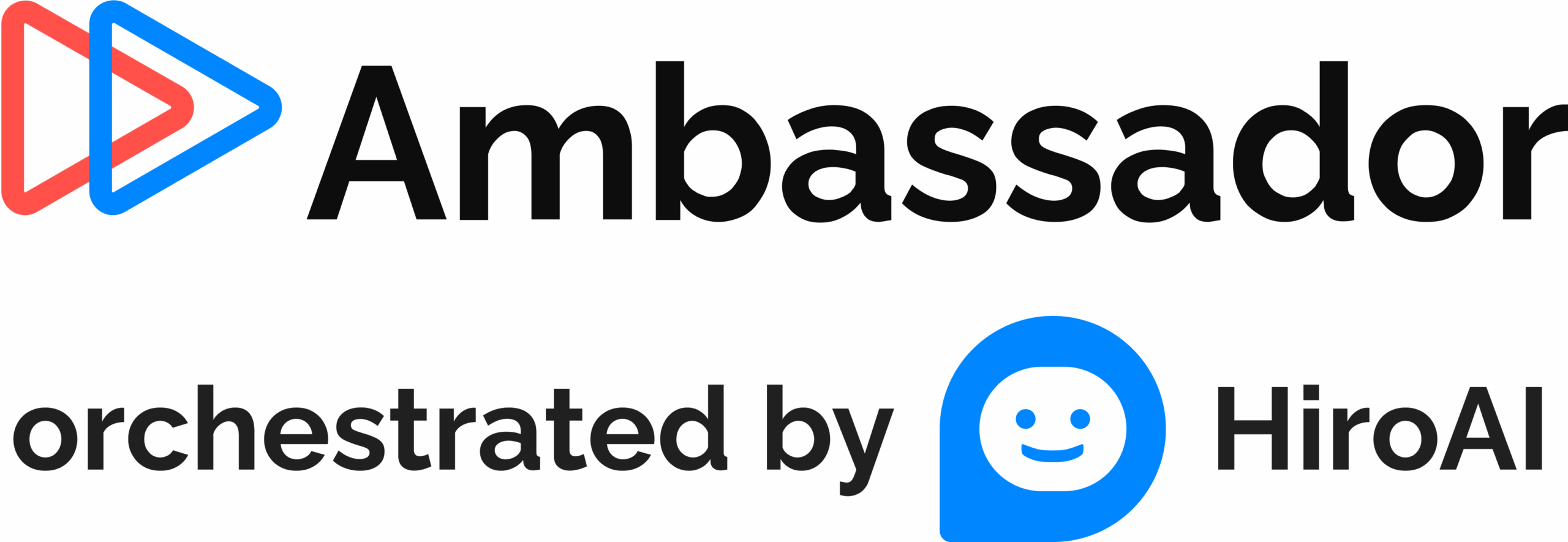Landing page optimization is a cornerstone of any referral marketing campaign. After all, once you’ve done the hard work of making a sale, how can you convert satisfied customers into brand ambassadors?
Each landing page should be targeted to a specific segment of your customer base, meaning there’s no exact science to a perfect landing page optimization. But our statistician friends over at MECLABS have come pretty close. They’ve developed a formula for creating an optimized landing page for any marketing campaign:
C = 4M + 3V + 2(I-F) – 2A
C stands for Conversion, M is Motivation, V is Value Proposition, F is Friction, and A means Anxiety.
The math can be a bit daunting, so let’s break this down into layman’s terms.
First, you need to ensure that your customers are highly motivated to sign on to your referral program. With referral rewards, this has a lot to do with knowing your customer base. That means you must determine what types of rewards your customers are interested in receiving (e.g., monetary versus special offers), whether you’re talking to a B2B or a B2C audience, where your customers live online, and so on. As always A/B testing your landing page and incentives is the best way to truly understand what works and what doesn’t.
Second, to build on that motivation, you need an effective value proposition to ensure that your customers understand the value of your brand versus the many other brands that exist on the Web. According to MECLABS, a “Value proposition is the primary reason why your ideal prospect should buy from you rather than your competitors.” Be sure to effectively outline the different incentives you’re offering for a referred lead. Otherwise, customers won’t understand how valuable your referral rewards really are.
And when it comes to value propositions, you must answer the question: Why should a customer sign up for our referral rewards program over a competitor’s?
Motivating customers is one thing; getting them to convert is a whole different story. This is where friction comes into play. MECLABS defines friction as “psychological concerns stimulated by a given element in the sales process.” This can be related to anything from the location of your referral conversion form (it should always be above the fold) to the clarity and conciseness of your copy.
A good example of this is a customer’s concern over privacy. Customers will always be skeptical when giving up personal information online. But including something as simple as privacy assurances in your referral partner conversion form will prove the trustworthiness of your brand and remove the customer’s anxiety.
Of course, this formula works only so far as identifying the key components of an effective landing page. For referral partner landing page optimization, understanding your customer base and A/B testing incentives, designs, and language will help ensure a high conversion rate and a flood of new brand ambassadors and referred leads.
Are you using landing pages in your referral marketing campaign? Tell us your best practices!
